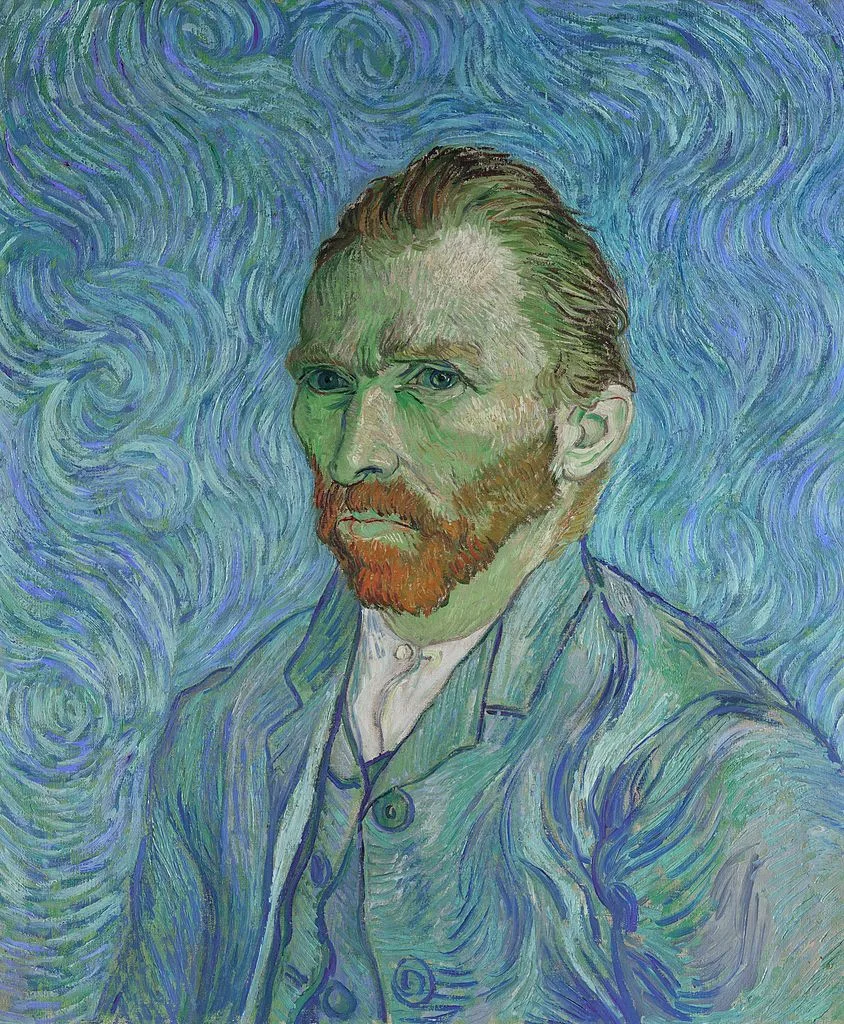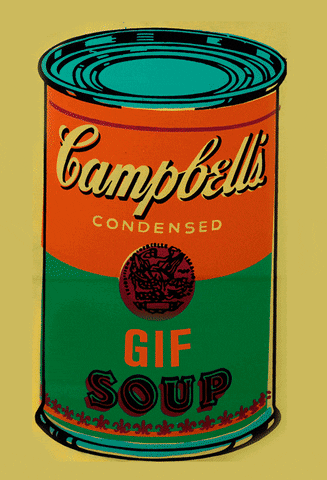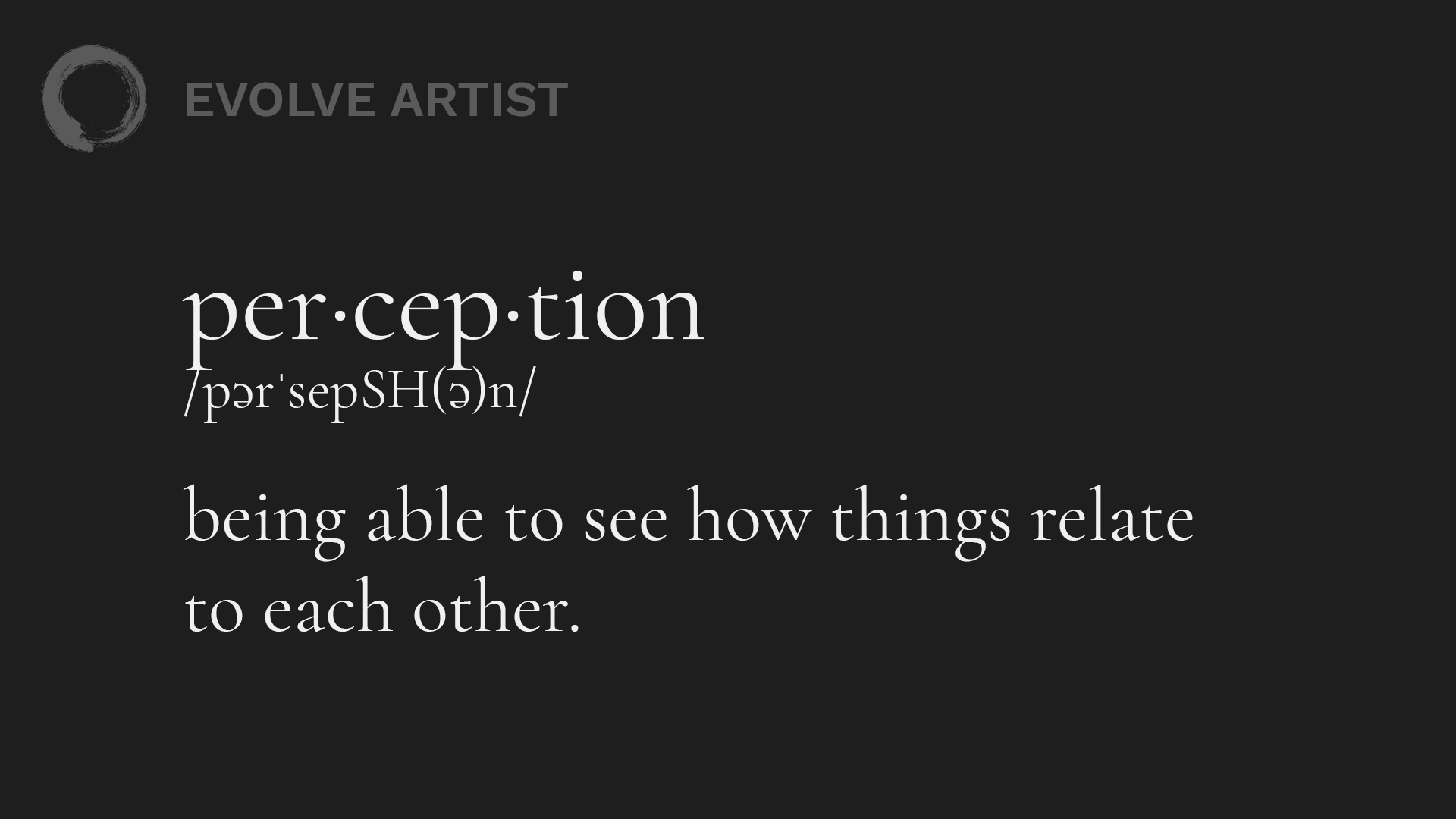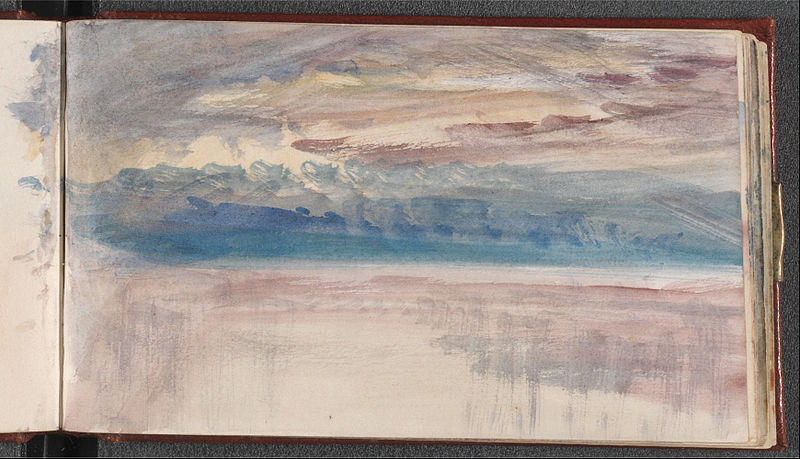Despite what you might have heard, creativity isn’t a gift bestowed upon the few. If you want to learn how to be more creative, the good news is that it’s a skill, not a genetic trait. Anyone can develop their creativity skills.
Imagine this.
You live in a beige world - beige wallpaper, beige carpet, beige art, and on top of that everything is square.
You wouldn’t be able to create curves or color in your work. You’d probably make some beautiful beige rectangles, but curves are likely foreign.
Sure, every once in a while there’d be an artist who in a beige land could conceive of the color blue or red, but most people can only be creative to the degree they absorb creativity around them.

While our example implies a single-color world might restrict creativity, artists like Van Gogh used restricted color palettes quite effectively (Self Portrait, 1889).
Developing creativity skills is all about being exposed to and creating opportunities to notice creativity in our environment. Creativity is like any skill. To build it, you need to practice. It’s a muscle that can be exercised. But it doesn’t have to be difficult.
Here is our simple step-by-step guide on how to develop your creativity skills, enhance your work and spark inspiration.
Step 1: Develop creativity skills by NOTICING the art around you
Most artists are immersed in the art created by peers. In a lot of ways, it’s easier because it’s familiar and comfortable. But instead of sticking to the art forms you know, look at everything around you.
And we mean everything.
Our daily life is full of art created by professionals. The products you own, the packages you look at, or the spaces you're in - many of these were created with intention by professionals.
Our daily life is full of art created by professionals.
Though noticing this ‘everyday’ art that exists, we are adding more visual stimulation into our lives beyond the time we spend in front of an easel.
Here are four mini-exercises you can do to notice art all around you and build your creativity skills.
- Visit the Grocery Store
Look at the packaging design of your favorite cereal or drink.
How do the form and graphic design of the packaging grab your attention? - Flip Through a Magazine
Notice how the editorial spreads use form and depth to convey a message or mood. - Sit In a Furniture Store or a Show Home
How has the space been designed to create a feeling?
How are color and form used in the various objects? - Watch Your Favourite Movie
Notice when visual effects / CGI are used and when they aren't.
How is light used in certain scenes, and why?

Watching classic black and white movies, such as Casablanca (1942), are excellent case studies on the use of light and shadow.
Step 2: Use the art around you as a starting point for your creativity
Sometimes we can get so caught up in being original that we think art can only be creative if it is completely unique. This is a myth. So much art is inspired by the art of others and the objects around us.
If you spend enough time immersed in injecting creativity into your life, it will spark new ideas.
We do this all the time automatically.
Imagine you’re in a beautiful house, but there are a few things you’d change - the style of the sofa or the color palette. That's your personal creativity being plugged into an already staged scenario.
Eventually, you might not need or want the framework of someone else's idea as a point of departure to spark your creativity. But through exposure to existing frameworks and allowing yourself to be inspired, you are broadening your thinking. And every time you do that, you're strengthening those creativity skills.

Andy Warhol borrowed significantly from pop culture and daily life in his art, but his message was his own (Campbell’s Soup Cans, 1962)
Step 3: Actively engage with visual stimulation around you
It’s one thing to notice someone’s work and be naturally driven to change something. But if you interrogate areas that you don’t naturally think to change and consider the work in relation to other elements, you really stretch your thinking. This moves you from passively viewing what’s around you to actively engaging with the visual stimulation.

Many have actively engaged with Andy Warhol’s art, reinterpreting it in relation to contemporary society or Warhol’s other works. (GIF By G1ft3d on GIPHY.com)
A great way to actively engage with what you see is to ask questions like:
If I HAD to change something, what would I change?
What would this look like in relation to something of a different size, form, or color?
For example, you might notice window drapes in a home and observe what kind of impact they have in the room. If you HAD to change something about the drapes, what would you change? How would changing the color affect the feeling of the room? If the drapes were thin so that light peaked through, how would that change the lighting in that space?
This forces you to think critically about what you’re seeing - moving you from vague observations to an accurate point of view. Doing this develops your skills in perception - a fundamental of art in itself.

Perception is the ability to see how things relate to each other and is an essential for any artist wanting to develop creativity skills.
Creativity and perception go hand in hand and actively engaging with visual stimulation works to exercise both skills - a win-win.
Step 4: Keep a sketchbook close by to capture all your inspirations
As you observe your environment, you’ll soon have a database of a million little bits of inspiration in your head.
With this database, your art is being supported by a thousand pieces of visual stimulation, focused through your own aesthetic for your own purposes.
The more you take in, the stronger your inspiration and creative ideas will flow - and you’ll naturally start to see more images in your head.
This is the important part - get a book, scribble out the ideas as they come to you.
Tomorrow you have another idea. Scribble it down. Fill that book.
The memory can fade, but the drawing is permanent.
Kevin Murphy
Evolve Founder and Master Portrait Painter
From time to time, rifle through the book. Revisit your ideas.
You can try and commit them to memory. But most artists do it with paper. Whatever works for you - so long as they are recorded so you can go back to your ideas over and over again.
The memory can fade, but the drawing is permanent.

William Turner (1775–1851) was a prolific user of sketchbooks. He left 290 sketchbooks upon his death (The Channel Sketchbook, c.1845)
Bringing it all together
Developing your creativity skills is an important part of achieving self-expression as an artist - and it requires intentional exercise.
Finding inspiration in your environment is about taking things in all the time. Learning how to be creative is not a passive process. You need to stop, actively engage with visual stimulation and record your ideas.
The other side of that coin is developing your skills in rendering what you intend.
If your hand can't make the marks the way you want, no amount of imagination is going to come to life. So just as much as you intentionally build your creativity skill, remember to invest time in improving your art skills.
If you want your art to accurately reflect the ideas you have in your head, mastering the fundamentals is essential. Our FREE mini-course How to Create Depth and Volume in Your Art is a great place to start.
Happy Painting!
